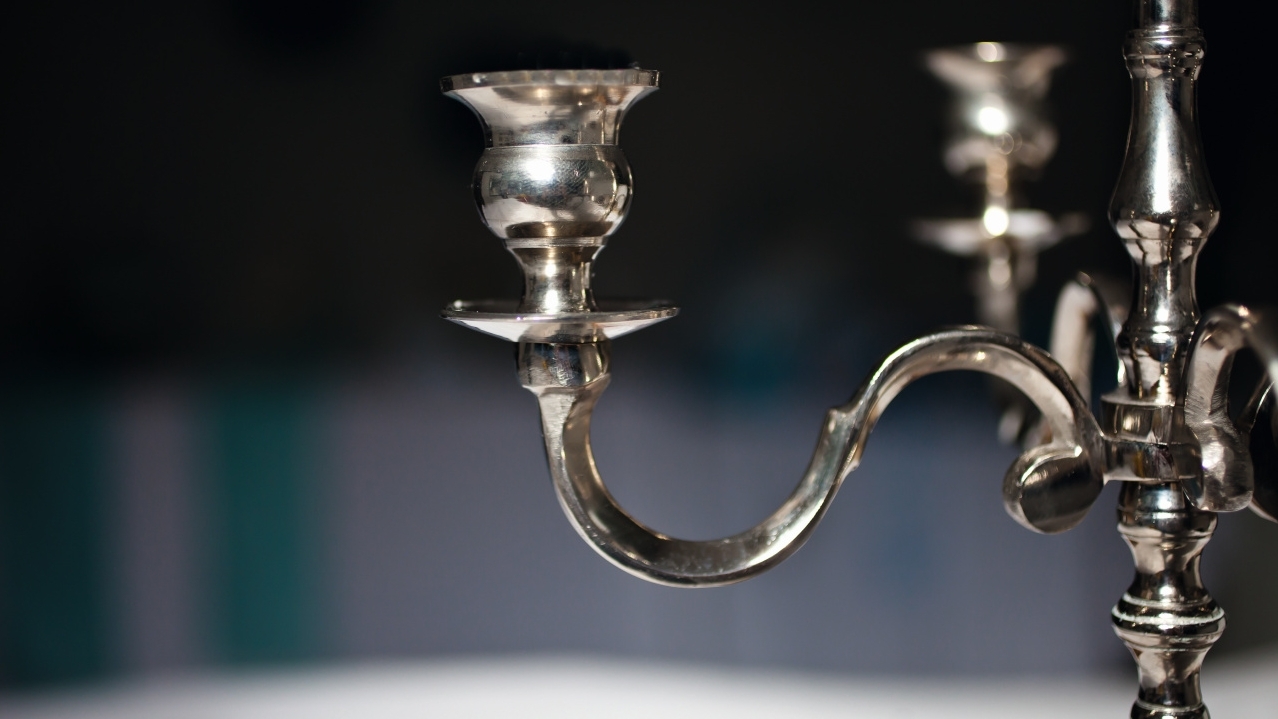Question: We have been experiencing problems with our cyanide silver electrolyte for some time. The silver layers are rough and have a milky coating. We found out that the anodes (rods) are partially affected by a dark, spongy coating. When we filtered the electrolyte in the laboratory, the roughness in the precipitate on the angled cathode was removed, but the milky impression remained. The addition of bath additives did not help. What are the possible reasons for the defect?
Answer: We think that you have at least two faults in your electrolyte that overlap. This makes troubleshooting particularly difficult.
Milky coating
If the additives, as you write, do not help, it looks like sulphur contamination. In this case, it helps to leave the bath for longer. Alternatively, treatment with 5-8 g/L activated charcoal is helpful.
Sulphur can be carried over from other processes. However, we are more concerned about the anodes, from which the rough particles are likely to originate.
Anode coating
This indicates that the anodes are contaminated. Given the current shortage of raw materials and the rise in prices since mid-2020, this is not surprising.
Traces of iron, lead, selenium and other impurities are enough to cause the above-mentioned problem. Depending on the bath movement, the particles get into the interior of the electrolyte despite anode bags and onto the cathode surface despite filtration.
In a properly working bath, the anodes should look stone gray during electrolysis. If they hang in the electrolyte for some time without current, they should look bright white. If the anodes remain bright white during electrolysis, the free cyanide content is usually too high. Even if the anodic current yield is too high, the electrolyte contains too much free cyanide.
We can only advise you to contact the anode supplier. If he is not cooperative, have fresh anodes analyzed in a laboratory if possible. If our suspicions are confirmed, the anodes are unusable for your purposes and must be replaced.


